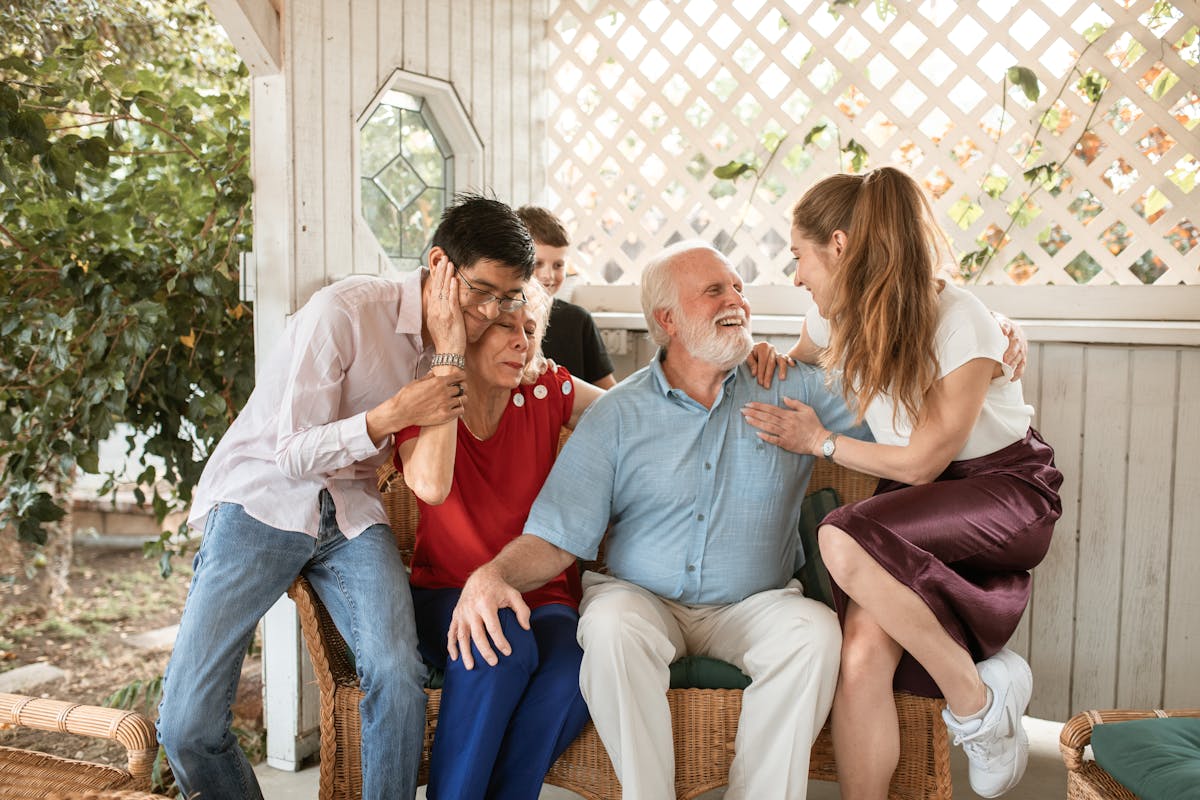In an era of rapidly aging populations worldwide, communities are increasingly focusing on creating age-friendly environments to combat social isolation and loneliness among older adults. From bustling metropolises to small towns, innovative programs are emerging that aim to keep seniors engaged, connected, and valued members of society.
The World Health Organization’s Global Network for Age-friendly Cities and Communities, established in 2010, now boasts over 1,300 members from 51 countries, all committed to fostering environments where older people can “age actively” – that is, live safely, enjoy good health and continue to participate fully in society. Let’s explore some standout initiatives from around the globe.
In Manchester, England, the “Take a Seat” campaign has installed over 300 age-friendly benches across the city. Each bench features a sign inviting passersby to sit and chat, creating impromptu social spaces. “It’s not just about rest,” says Councillor Bev Craig, “it’s about creating opportunities for interaction and making our older residents feel welcome in public spaces.”
Across the Atlantic, New York City’s Department for the Aging has launched “Friendly Visiting,” pairing volunteers with homebound seniors for weekly visits. The program has shown promising results in improving participants’ mental health. “We’re seeing a real difference in mood and outlook,” notes program director Maria Thompson. “It’s about reintegrating our elders into the community fabric.”
In Singapore, where the aging population is growing rapidly, the government has introduced the “Community Networks for Seniors” program. This initiative brings together various agencies to provide coordinated support for seniors, from health screenings to social activities. “We’re taking a holistic approach to aging,” explains Tan Chuan-Jin, Speaker of the Parliament. “It’s not just about services, but about building a community that cares.”
Intergenerational programs are proving particularly effective. In Fujisawa City, Japan, the “REPRINTS” program engages older adults in reading picture books to children in schools and kindergartens. Research has shown that participating seniors experience improved cognitive function and a greater sense of purpose. “I feel young again when I’m with the children,” says Hiroshi Tanaka, a 78-year-old volunteer.
Technology is also playing a crucial role. In Barcelona, Spain, the “Vincles BCN” program provides tablets and a custom-designed social app to seniors living alone. The app connects them with family, friends, and other users, as well as providing access to local services and activities. “It’s opened up a whole new world for me,” shares Carmen Vidal, an 82-year-old participant.
These initiatives underscore a growing recognition that combating loneliness among the elderly is not just a quality of life issue, but a public health imperative. Recent research published in the Journal of the American Geriatrics Society found that socially isolated older adults have a 27% higher risk of developing dementia.”
The link between social isolation and cognitive decline is stronger than we previously thought,” explains Dr. Emily Chen, the study’s lead author. “Social engagement isn’t just nice to have; it’s crucial for healthy aging.”
As communities worldwide grapple with aging populations, these programs offer valuable lessons. Successful initiatives tend to be multifaceted, combining social interaction, physical activity, and opportunities for seniors to contribute meaningfully to their communities.
However, experts caution that there’s no one-size-fits-all solution. “What works in New York may not work in rural Japan,” notes Dr. Louise Hawkley, a loneliness researcher at NORC at the University of Chicago. “The most effective programs are tailored to local cultures and needs.”
As we move forward, the challenge will be to scale these initiatives and ensure they reach those most at risk of isolation. With the global population aged 60 and over expected to double by 2050, creating truly age-friendly communities is not just a noble goal—it’s an urgent necessity.
In the words of WHO Director-General Dr. Tedros Adhanom Ghebreyesus, “How we care for our older citizens is a reflection of our values as a society. By creating age-friendly communities, we’re not just adding years to life, but life to years.”
References:
- World Health Organization. (2024). Global Network for Age-friendly Cities and Communities.
- Manchester City Council. (2023). Take a Seat Campaign Report.
- New York City Department for the Aging. (2024). Friendly Visiting Program Evaluation.
- Ministry of Health Singapore. (2023). Community Networks for Seniors: A Five-Year Review.
- Fujisawa City Council. (2024). REPRINTS Program Impact Study.
- Barcelona City Council. (2023). Vincles BCN: Digital Inclusion for Seniors.
- Chen et al. (2023). Social Isolation and Risk of Dementia in Older Adults. Journal of the American Geriatrics Society.
- United Nations. (2022). World Population Ageing Report.



